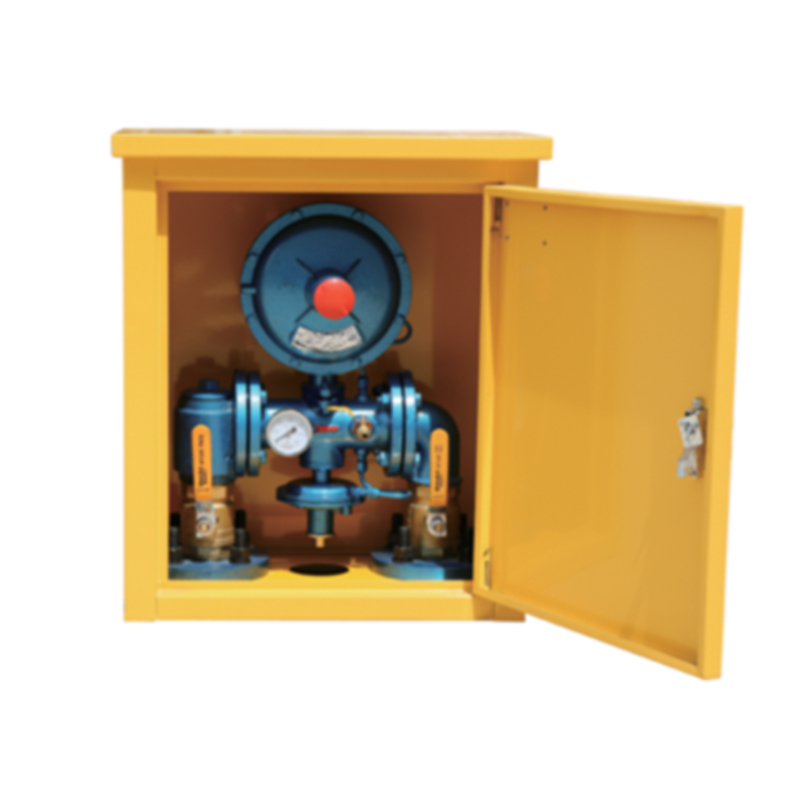
Jan . 01, 2025 04:06
Back to list
Gas Pressure Regulation Station Overview and Functionality
Gas Pressure Reduction Stations An Essential Component of Natural Gas Distribution
The modern world relies heavily on the consumption of natural gas for various applications, from heating homes and businesses to fueling vehicles and generating electricity. As demand for natural gas continues to rise, efficient and safe distribution is paramount. One critical component of this distribution network is the gas pressure reduction station, a facility that plays a vital role in managing the pressure of natural gas as it travels from production sites to consumers.
Understanding Gas Pressure Reduction Stations
Gas pressure reduction stations are facilities designed to lower the pressure of natural gas to a safe and manageable level for distribution through pipelines. As natural gas is extracted from the ground, it is often under high pressure, which, while necessary for transportation, is not suitable for end-user applications. For instance, residential and commercial applications typically require gas to be delivered at much lower pressures to ensure safety and functionality.
The Mechanism of Operation
The operation of a gas pressure reduction station can be understood in a series of steps. First, high-pressure gas is transported through transmission pipelines from production facilities to the reduction station. Inside the station, the gas passes through a series of pressure regulators, which control and reduce the pressure to the desired level. These regulators can be adjusted based on the flow requirements and the pressure of the incoming gas.
In addition to pressure regulation, these stations often include other essential components such as filters and odorization facilities. Filters remove any impurities or particulates from the gas before it is distributed. Odorization is a safety measure that entails adding an odorant to the gas, making it detectable in the unlikely event of a leak. This multilayered approach ensures that the gas is not only delivered at the correct pressure but is also safe for use.
Importance of Safety and Reliability
Safety is a paramount concern in the natural gas distribution process. Gas pressure reduction stations are built with numerous safety features, including emergency shut-off valves and monitoring systems that detect variations in pressure or flow. Operators are trained to respond quickly to any anomalies, ensuring that the system remains safe and reliable.
محطة تخفيض ضغط الغاز

In many regions, the design and operation of these stations are regulated by government agencies to adhere to stringent safety standards. Regular inspections and maintenance of the equipment are crucial to preventing accidents and ensuring uninterrupted service.
Economic Impact
Gas pressure reduction stations also have significant economic implications. By ensuring that natural gas is readily available and at the proper pressure, these stations support various industries that depend on natural gas, including manufacturing, agriculture, and power generation. The ability to deliver gas efficiently also contributes to stable energy prices, benefiting both consumers and suppliers.
Moreover, as countries move towards cleaner energy alternatives, natural gas is often seen as a bridge fuel that can help transition from coal and oil to renewable energy sources. The effectiveness of gas pressure reduction stations is thus integral to the broader energy strategy of many nations.
Future Developments
The future of gas pressure reduction stations may involve advancements in technology, particularly in the realms of automation and monitoring. Smart systems that can predict demand and adjust pressure accordingly could enhance efficiency further. Additionally, as the energy landscape evolves, integrating renewable gases, such as biogas or hydrogen, into existing systems may require adaptations in pressure regulation techniques.
Conclusion
Gas pressure reduction stations are a crucial element in the natural gas supply chain, ensuring that this vital resource is delivered safely and efficiently to consumers. Their importance is underscored by their role in enhancing safety, supporting economic stability, and facilitating a transition to cleaner energy sources. As technology continues to advance, the operations and capabilities of these stations will undoubtedly evolve, further solidifying their place as a cornerstone of modern energy distribution systems.
Latest news
-
Safety Valve Spring-Loaded Design Overpressure ProtectionNewsJul.25,2025
-
Precision Voltage Regulator AC5 Accuracy Grade PerformanceNewsJul.25,2025
-
Natural Gas Pressure Regulating Skid Industrial Pipeline ApplicationsNewsJul.25,2025
-
Natural Gas Filter Stainless Steel Mesh Element DesignNewsJul.25,2025
-
Gas Pressure Regulator Valve Direct-Acting Spring-Loaded DesignNewsJul.25,2025
-
Decompression Equipment Multi-Stage Heat Exchange System DesignNewsJul.25,2025

